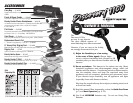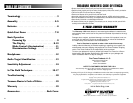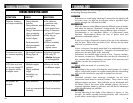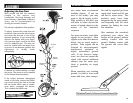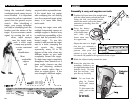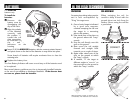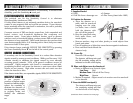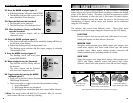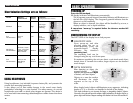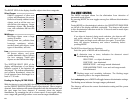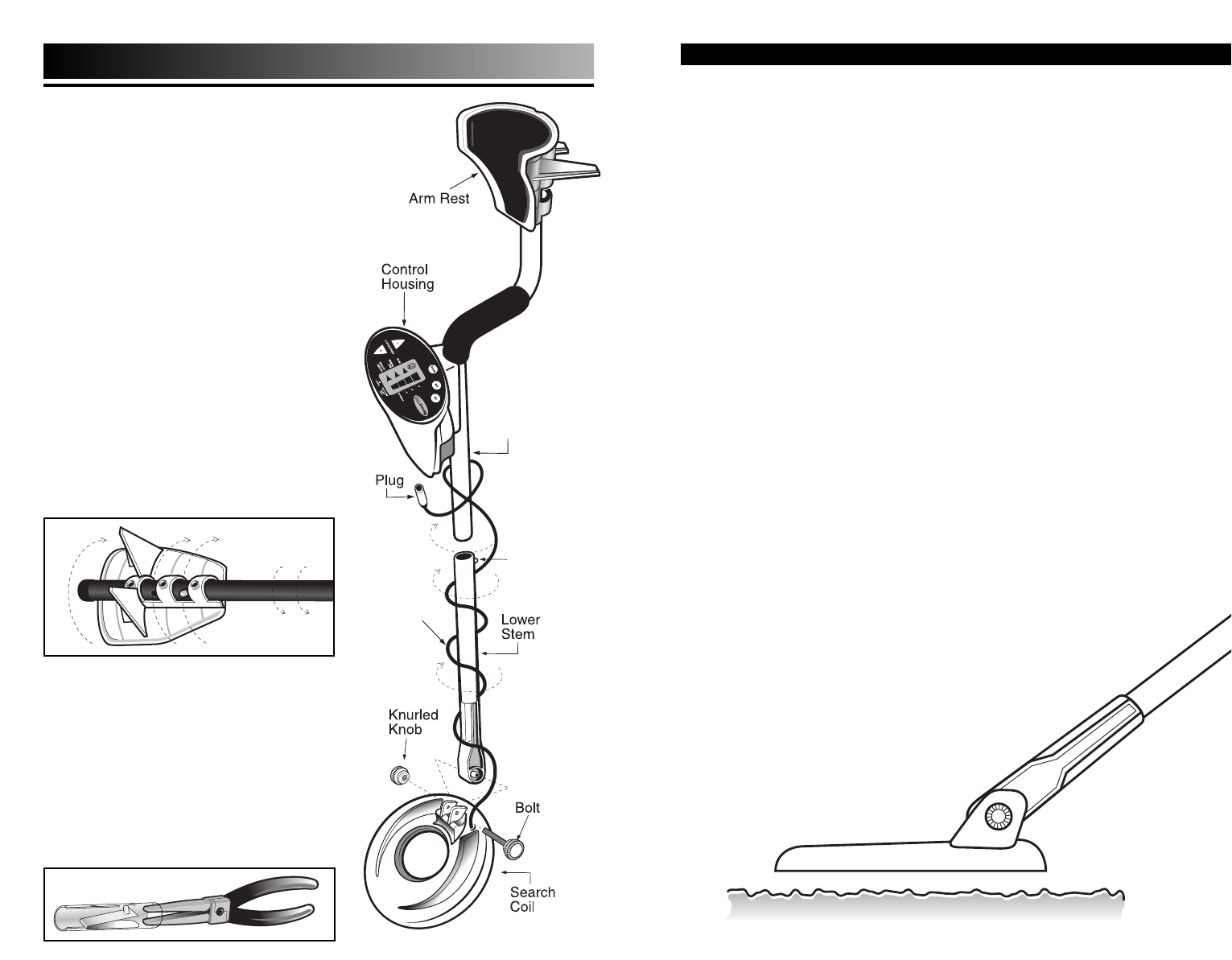
4
ASSEMBLY
S-Rod
Silver
Button
Searchcoil
Cab
le
Adjusting the Arm Rest
Most people will find the standard
position of the armrest very
comfortable. Very large forearms and
short forearms (particularly children’s
arms), can be accommodated by
moving the armrest forward.
The armrest is adjustable to three positions.
To adjust, remove the screw from the
underside, then press the silver button
and move the arm rest to one of the
alternate positions. If you cannot fully
depress the button with your finger,
use a narrow object, such as the blunt
end of a ballpoint pen. The arm rest
must be twisted with moderate force
to move it to an alternate position; this
adjustment is usually made
infrequently.
If desired for added stability, re-install
the screw. The screw is not re-installed
in the furthest forward position.
If the button becomes disengaged
inside of the tube, remove the plastic
cap at the end of the tube to access
the clip inside. With a pair of needle-
nose pliers, reengage the button.
Then replace the plastic cap.
17
you many have encountered
multiple objects. If you are
new to the hobby, you may
want to dig all targets at first.
With practice in the field, you
will learn to better discern the
nature of buried objects by the
nature of the detector’s
response.
You may encounter some false
signals as you proceed. False
signals occur when the detector
beeps, but no metal target is
present. False signals can be
induced by electromagnetic
interference, oxidation, or
highly mineralized ground
soils. If the detector beeps
once, but does not repeat the
signal with several additional
sweeps over the same spot,
there is probably no target
present.
When searching very trashing
ground, it is best to scan small
areas with slow, short sweeps.
You will be surprised just how
much trash metal and foil you
will find in some areas. The
trashiest areas have been
frequented by the most people,
and frequently hold the most
promise for finding the most
lost valuables.
Also maintain the searchcoil
positioned just above the
surface of the ground, without
making contact with the
ground. Making contact with
the ground can cause false
signals.
IN THE FIELD TECHNIQUES



